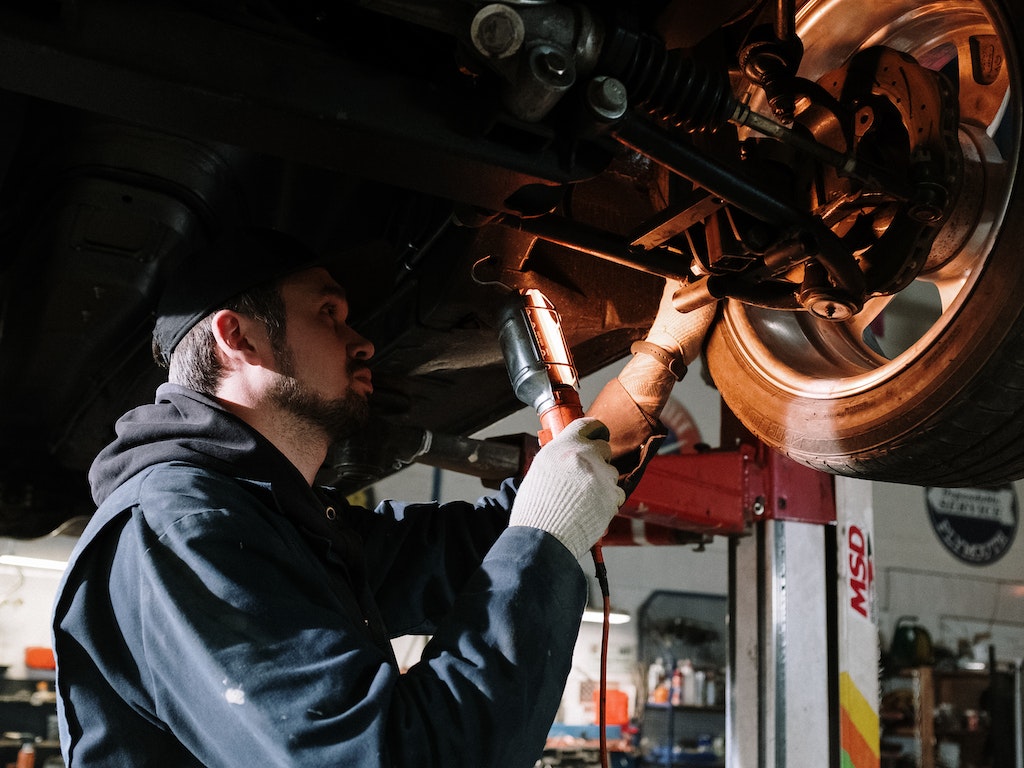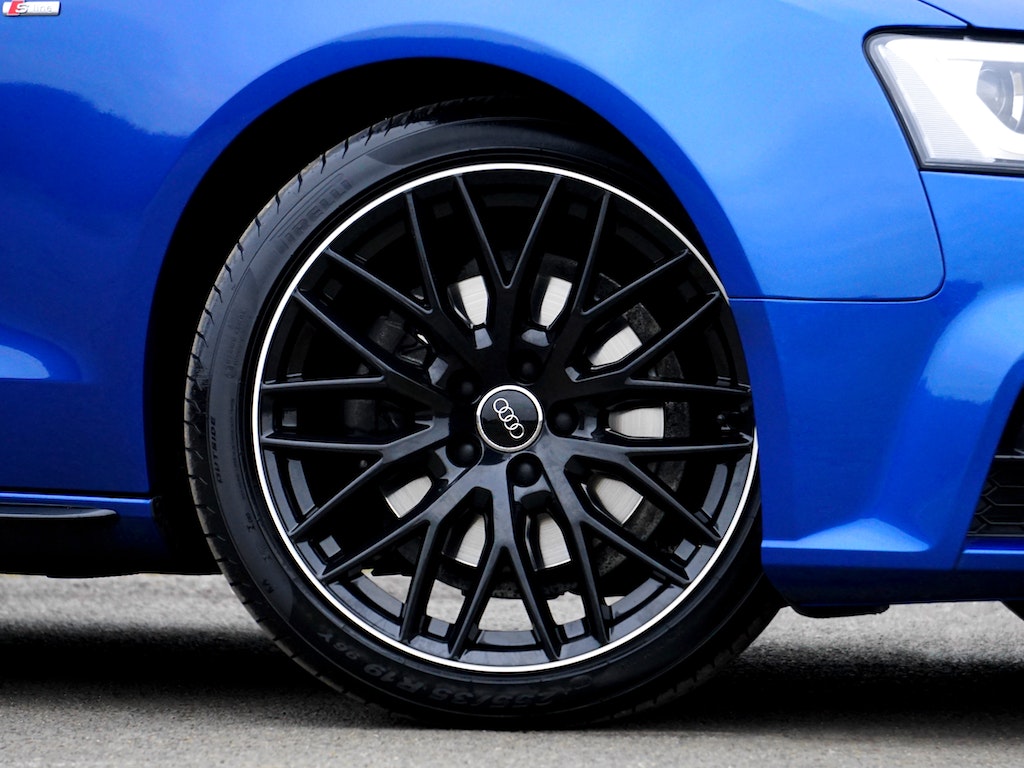
Maintaining your car doesn’t always require a trip to the mechanic. A little guidance and the right tools can help you tackle several repairs at home. In this article, we’ll discuss four common car repairs you can easily handle. From changing brake pads to replacing windshield wipers, these DIY repairs will keep your car in top condition and give you the satisfaction of a job well done.
Changing Brake Pads
Brake pads wear out with time and need replacement to ensure optimal braking performance. They generally cost between $30 to $150. However, garages can charge up to $300 to replace them. Timely replacement of brake pads helps save money and ensures that you won’t encounter more complicated repairs in the future.
The process is simple. Start by lifting the car and removing the wheel. Unscrew the caliper, remove the old brake pads, and insert the new ones. Reinstall the caliper and put the wheel back on. Repeat this process for the other wheels. Remember to pump the brakes a few times before driving to regain proper pressure.
Battery Replacement
When your car battery starts losing its charge or fails to start the engine, it’s time for a replacement. Begin by disconnecting the negative terminal, followed by the positive terminal. Remove any brackets holding the battery in place and lift it out. Insert the new battery, secure it, and reconnect the positive terminal first, then the negative terminal. Finally, test the battery by starting the engine.
Tire Maintenance
Regular tire maintenance is important for safety and extending tire life. Start by checking the tire pressure using a gauge and adjusting it if necessary. An underinflated tire can easily be filled up at a nearby gas station. Inspect the tread depth for wear, and rotate the tires to ensure even wear across all wheels. In case of a minor puncture, purchase a small puncture kit that costs $10 to $20 and fix it yourself. Don’t forget to balance and align the tires periodically for optimal handling and fuel efficiency.
Oil Change
Regular oil changes ensure optimum engine performance and longevity. Start by placing a drain pan beneath the oil drain plug and remove the plug to drain the old oil. Replace the plug and remove the old oil filter. Install the new filter and refill the engine with the recommended oil grade. Lastly, don’t forget to dispose of the old oil properly. Conventional oil is recommended to be changed every 3,000 to 5,000 miles. Synthetic oil can go on for 7,500 to 10,000 miles.





